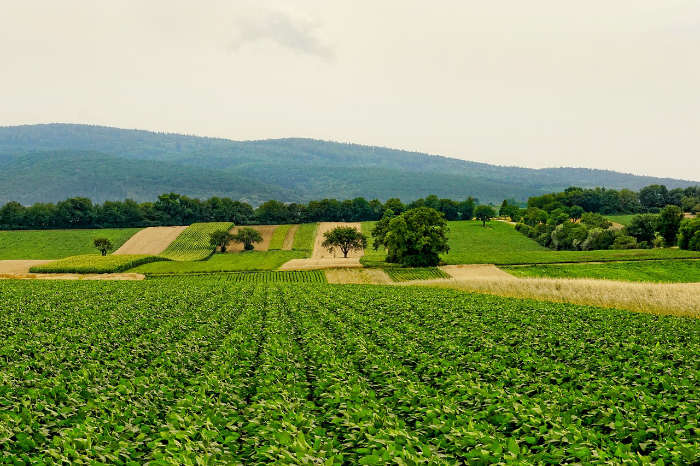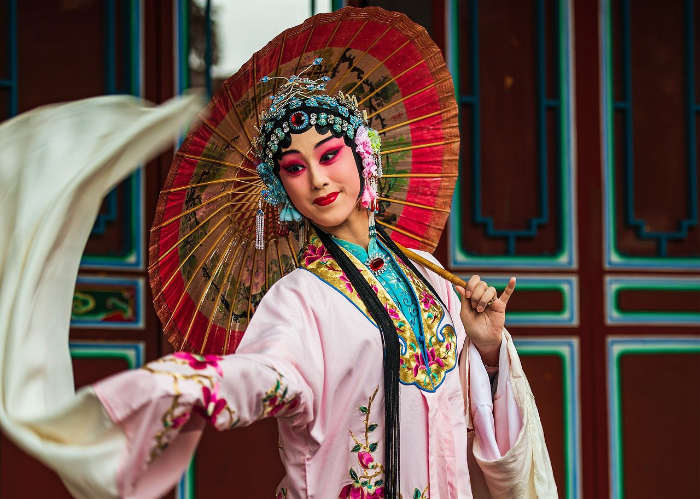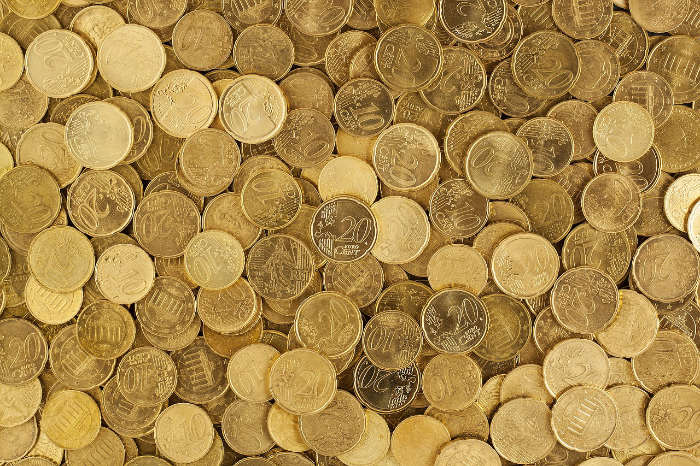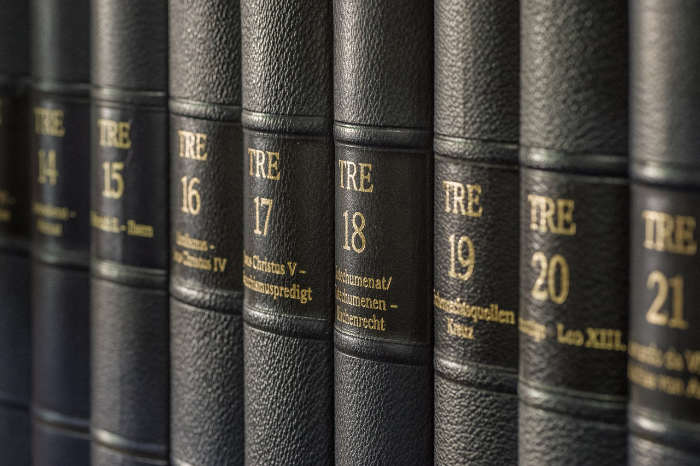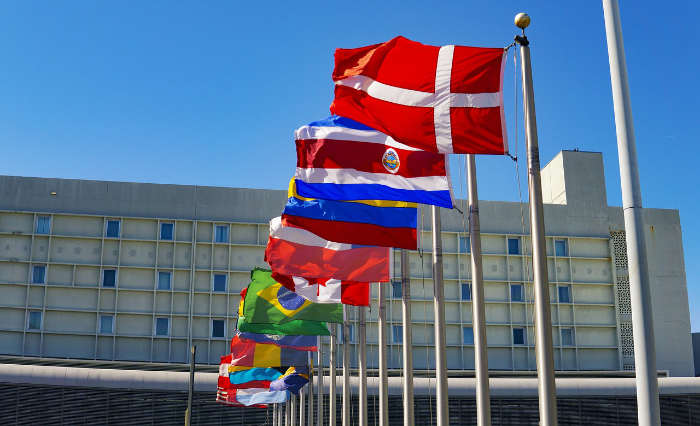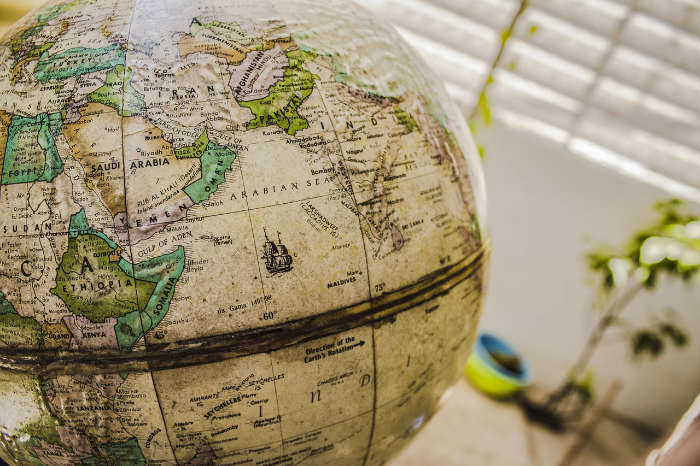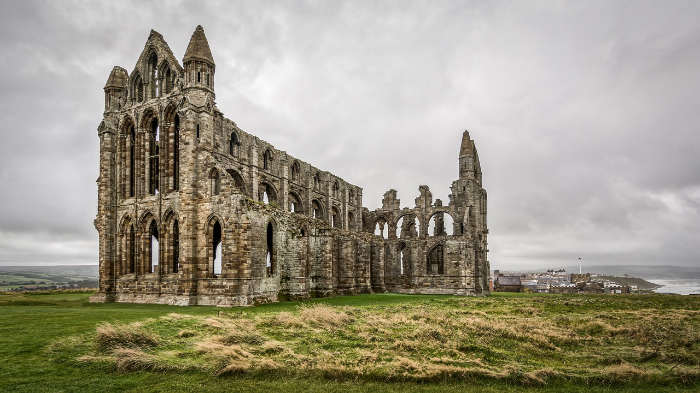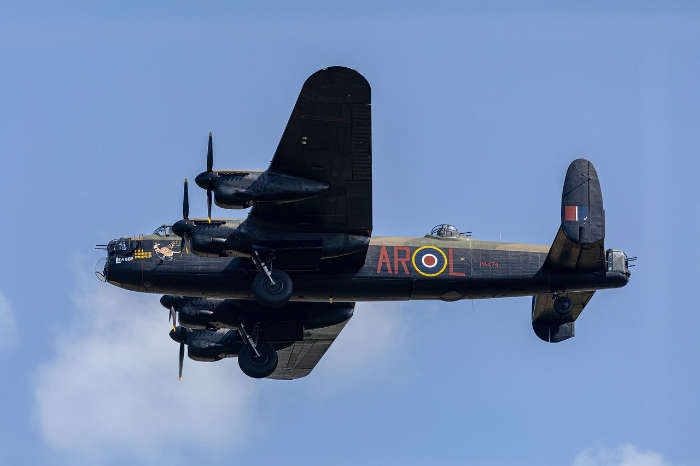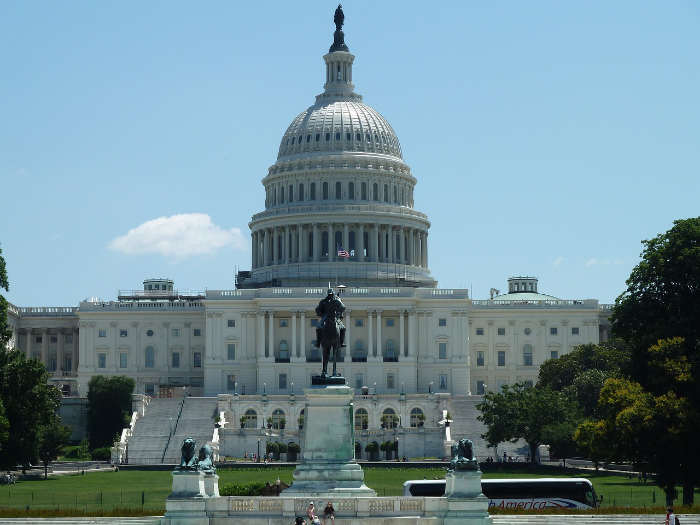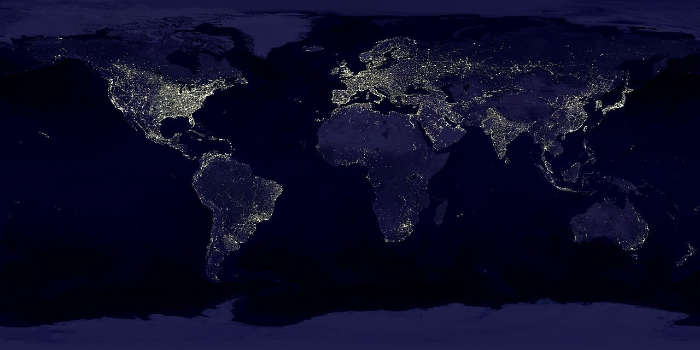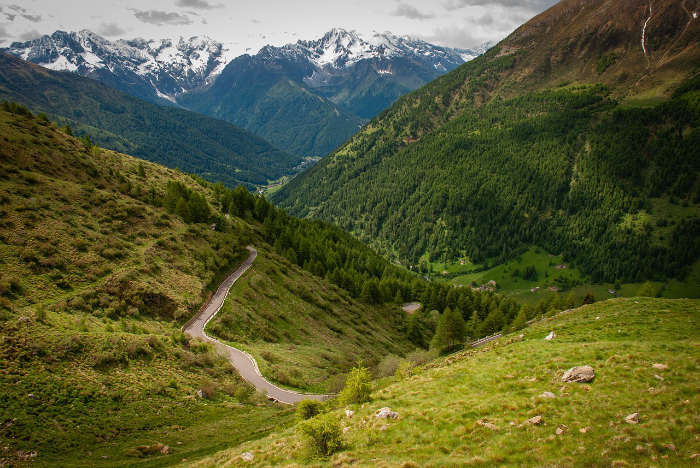Countries with Flags without Red, White, or Blue 2025

Country | Date Flag Adopted↓ | Flag Description and Meaning | |
|---|---|---|---|
| Jamaica | August 6, 1962 | The Jamaican flag has a gold diagonal cross dividing the field into four triangles—green at the top and bottom, and black at the sides. Black represents the hardships faced and to come, gold symbolizes the country’s natural wealth and sunlight, and green stands for hope and the island’s lush vegetation. The official interpretation is: "Hardships there are, but the land is green and the sun shineth." |
Jamaica
Currently the only national flag without red, white, or blue, the Jamaican flag is easy to recognize thanks to its unique color scheme and the dominant yellow-gold x (technically called a “saltire”) that runs from the center of the flag all the way to each corner.
The saltire creates four juxtaposed triangles, with the hoist (pole-side) and fly (loose) ends being black triangles while the top and bottom are green. This unique design holds a beautiful meaning for its people. The meaning of the flag is officially interpreted as “The sun shineth; the land is green; and the people are strong and creative.” The gold x is the representation of the natural beauty of the country, green is for Jamaica’s hope and agricultural resources, and black symbolizes the creativity and strength of Jamaica. The date the flag was adopted as the national flag is also significant, and represents the date of Jamaica’s independence: August 6, 1962.
Countries whose former flags had no red, white, or blue
Mauritania
From 1959 to 2017, the flag of Mauritania was a simple green field adorned with a single gold star and gold crescent moon. Green symbolizes the faith of teh country’s people, while gold represents the golden sands of the Sahara.
However, this design was replaced in 2017 by a reworked flag with added red horizontal bars across the top and bottom. The red represents “the efforts and sacrifices that the people of Mauritania will keep consenting, to the price of their blood, to defend their territory.” This design is still in use as of 2025.
Libya
Libya’s current flag features a black field with horizontal stripes of red and green and a white crescent moon and star in the center. However, during the reign of Libyan leader Muammar Gaddafi from 1977 to 2011, the country’s flag was a simple solid green field. The color green is often used to symbolize Islam, and in Libya green also represents the Tripolitania region. The all-green flag, used when the country’s formal name was the “Great Socialist People’s Libyan Arab Jamahiriya”, is still occasionally used in the country by individuals loyal to the memory and philosophies of the late Gaddafi.
